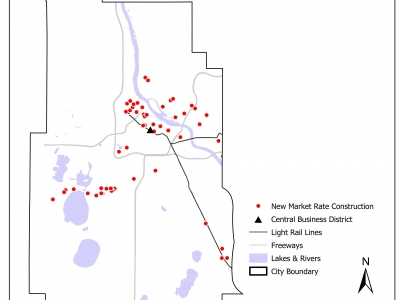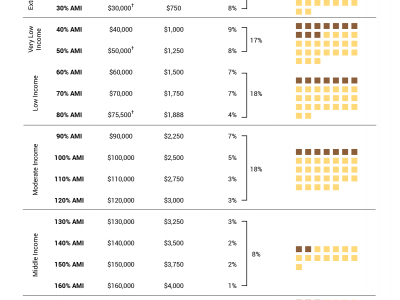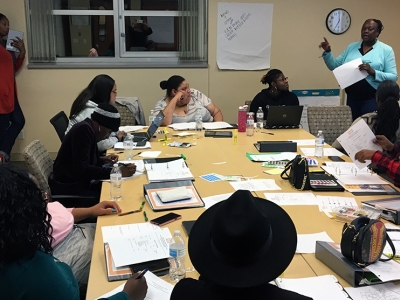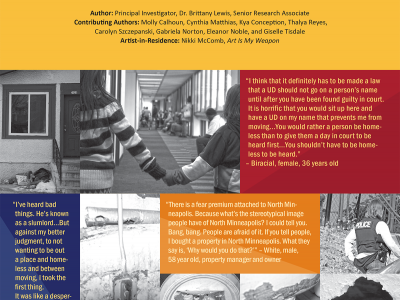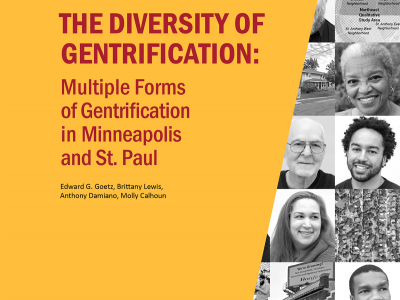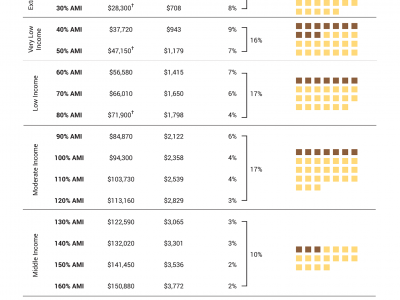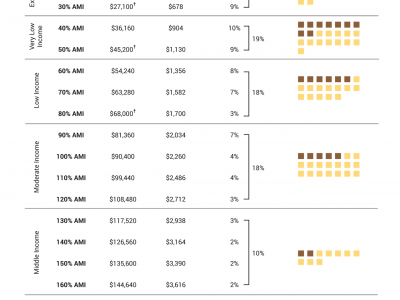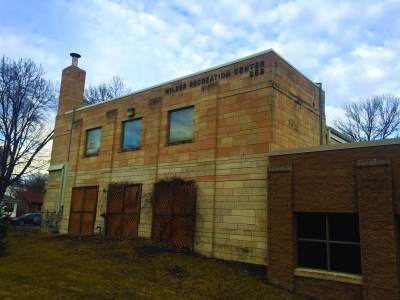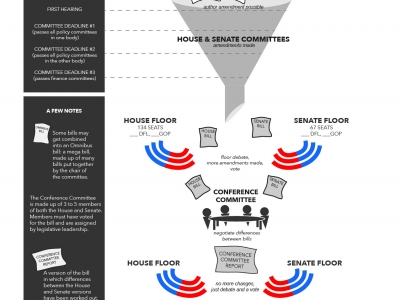In the past 20 years, after decades of disinvestment and decline, central cities have seen a reversal of fortune and are experiencing rapid growth, particularly in the urban core. Many large cities are now struggling with housing shortages and affordability problems. There is vigorous debate amongst policy makers, scholars, and activists about the role that new market-rate apartments play in alleviating housing affordability issues. Prior research suggests that new market-rate construction may result in more affordable housing in the long-run, but much less is known about how this type of new…
Research
The Center for Urban and Regional Affairs’ most recent CURA-, faculty-, and graduate student-led research projects
Now available: a new version of the AMI Cheat Sheet, updated for 2019 and using HUD’s Area Median Income for the Minneapolis-St. Paul-Bloomington metropolitan area, which increased to $100,000 for a family of four.
This is the third update: find the 2017 edition here and the 2018 edition here.
Download a pdf version of this 2019 AMI Cheat Sheet for Minneapolis and St Paul here.
Read the fine print at the bottom of the guide for details about the numbers and data…
The Building Capacity with Black Women (BCBW) project team led by Dr. Brittany Lewis at Center for Urban and Regional Affairs (CURA) was formed in the summer of 2019 to work collaboratively with 10 empowered participants to provide the time, space, and tools needed to help Black women that have experienced housing instability resume conscious control over their own housing stability through strategic supports and claim a visible and active voice in the public policy arena as co-collaborators on an engaged action research project of their choosing. CURA believes that when those most affected by housing…
In May of 2019, the Center for Urban and Regional Affairs (CURA) held a multimedia release event for “The Illusion of Choice: Evictions and Profit in North Minneapolis” research project that included a presentation, a video telling the stories of tenants and landlords in North Minneapolis, an art installation with photos that explore the phases of eviction, and an illustrative simulation developed with the Juxta Art Youth Participatory Action Research (YPAR) team called the “Social Service Runaround.” Evictions are a social crisis in North Minneapolis caused by decades of…
In January of 2019, the Center for Urban and Regional Affairs (CURA) released its study of gentrification in Minneapolis and St. Paul between 2000 and 2015. “The Diversity of Gentrification: Multiple Forms of Gentrification in Minneapolis and St. Paul” used a mixed methods approach that combined a statistical analysis of neighborhood-level data with an in-depth qualitative analysis of interviews with public officials, community leaders, and neighborhood residents. The study found significant evidence of gentrification in the two cities.
…
Now available: a new version of the AMI Cheat Sheet, updated for 2018. This version is an update of the 2017 edition, but now using HUD’s 2018 Area Median Income for the Minneapolis-St. Paul-Bloomington metropolitan area, which increased to $93,400 for a family of four.
Download a pdf version of the 2018 AMI Cheat Sheet for Minneapolis and St Paul here.
Read the fine print at the bottom of the guide for details about the numbers and data sources, and find a bit of additional info on our post for the …
Neighborhood leaders asked for a cheat sheet to help connect Area Median Income (or AMI) levels to acutal incomes, rents and shares of the Twin Cities population. We made this guide for Minneapolis and St Paul, based on one created by the Association for Neighborhood and Housing Development, Inc. Thanks to them!
Download a pdf version of the AMI Cheat Sheet for Minneapolis and St Paul here.
Read the fine print at the bottom of the guide for details about the numbers and data sources. And get in touch if you have…
John Vaughn has thought for years that the east side of St. Paul has not received as much funding as other parts of the city. “Anecdotally, I’ve seen the East Side has lost out on city funding to other neighborhoods,” said Vaughn recently. “Having the City Academy project funding be so severely cut pushed me to organize around finding some hard evidence of this.”
In 2015 Vaughn, who is the executive director of the East Side Neighborhood…
In September 2015, …
